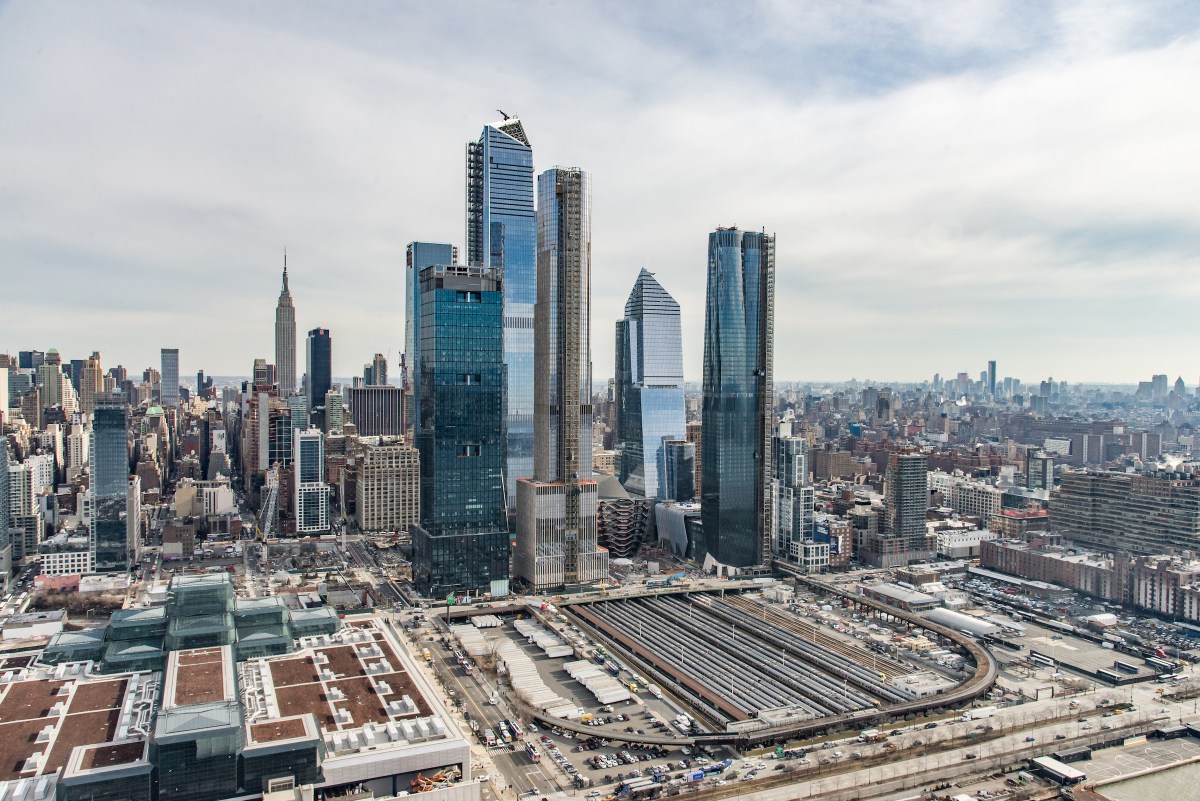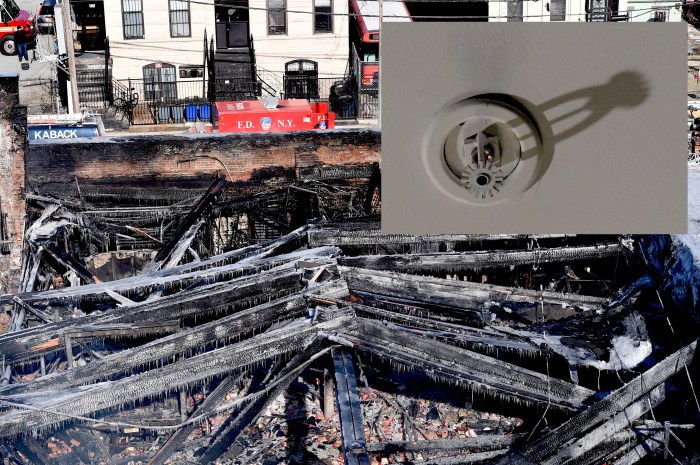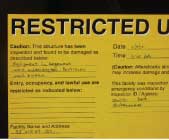The Adams administration put out its preliminary proposed regulations for the implementation of the landmark climate bill Local Law 97 — but advocates say if implemented as written, the law would be gutted and cost the city thousands of jobs.
The regulations were put out by the Department of Buildings on Thursday afternoon, governing how the city will implement the 2019 law. The law requires all buildings in the city over 25,000 square feet to meet tough new limits on carbon emissions by 2024, and for landlords to retrofit their buildings in order to meet that mandate. Covered buildings’ emissions levels must be reduced by 40% by 2030.
“Decarbonizing our buildings is a critical step on the way to becoming a carbon-neutral city, and these proposed rules show that our administration is committed to fully implementing this law to ‘Get Stuff Done’ and deliver a greener, healthier New York City,” Mayor Eric Adams said in an Oct. 6 statement. “Our administration has worked tirelessly with stakeholders across the city to make sure Local Law 97 has maximum impact, and the city stands ready to support any building owner in complying with Local Law 97.”
The regulations mainly concern such minutiae as formulas for calculating a building’s greenhouse gas emissions limits and energy usage. Also released on Thursday was a preliminary list of buildings covered under the law, while a program called NYC Accelerator will provide free expert guidance to landlords on how to reduce their energy usage to meet the law’s mandates.
But tucked into the rules is a provision that climate advocates say would gut the law in fact and spirit. The rules place no limits on the number of “renewable energy credits,” or RECs, that landlords can purchase, except that they can only be purchased to offset “utility-supplied electricity.”
RECs — which will be addressed further in future department rules — fund new clean energy production but can also be used to raise the limits on energy usage on covered properties, but advocates have sounded the alarm that, without tight regulation, they could be used by the real estate industry to effectively get around the law, to the detriment of the climate.
“Mayor Adams is taking positive steps to implement Local Law 97, but alarm bells are still ringing as the real estate lobby pushes to gut the law,” reads a statement from a coalition of advocacy groups, including New York Communities for Change, Food & Water Watch, the New York Public Interest Research Group, and Treeage. “The Mayor must not create a potential ‘buy-out’ provision that would become a massive loophole for building owners to avoid requirements to slash air pollution from their buildings.”
“If Mayor Adams allows building owners to ‘opt out’ of upgrading their buildings by buying Renewable Energy Credits (RECs), the law will be gutted, eliminating thousands of jobs and leading to massive air pollution hazards,” the statement continues.
The regulations establish that renewable energy credits can only be purchased to offset emissions from generating electricity. But substantial amounts of fossil fuel-derived energy is used not for electricity but for other uses like heat. For residential buildings, just 26% of greenhouse gas emissions are derived from electrical generation, according to a 2016 report from the Mayor’s Office of Sustainability; 74% goes towards heat and hot water.
The advocates say that as written, the regulations would effectively allow landlords to buy their way out of retrofitting their dirty, polluting buildings by buying offsetting credits. To fix that, the coalition suggests instead that the city limit RECs to only cover up to 10% of a building’s energy usage.
The landmark climate law put New York at the vanguard of cities around the world aiming to reduce their greenhouse gas emissions as the planet hurdles towards catastrophe, while also creating tens of thousands of jobs to retrofit innumerable Big Apple buildings.
“It is the most important local-level climate and jobs law in the world,” said Pete Sikora, of New York Communities for Change, in an interview.
The rules are only a proposal, and will be subject to a public comment period. The Buildings Department will hold a public hearing on the proposed rules on Nov. 14, and may well amend the regulations to close the loophole.
A DOB spokesperson said in a statement that the department will in due time be releasing additional regulations on limits for RECs.
“This first batch of proposed rules that were announced this week addresses Renewable Energy Credits by clarifying that they are limited to electricity emissions,” said the spokesperson, Andrew Rudansky. “The Department will be releasing additional rules on how the use of RECs is limited in the future. Our rulemaking process will continue to be informed by careful study by the Department’s Bureau of Sustainability along with close collaboration with our partner agencies, the Climate Advisory Board, the Local law 97 Working Groups and also with State government officials.”
Sikora hopes that’s the case if the city is to go “forwards” under the Adams administration.
“This is not all bad news. These regulations take some very important steps in implementing the law in many practical questions to do with implementation,” Sikora said. “But there’s no denying that this REC loophole, if not followed up with tight limits, would gut the law and take New York City backwards. We don’t want to go backwards under Mayor Adams, we want to go forwards.”
This story has been updated to clarify that the Department of Buildings will craft further rules limiting RECs.




































